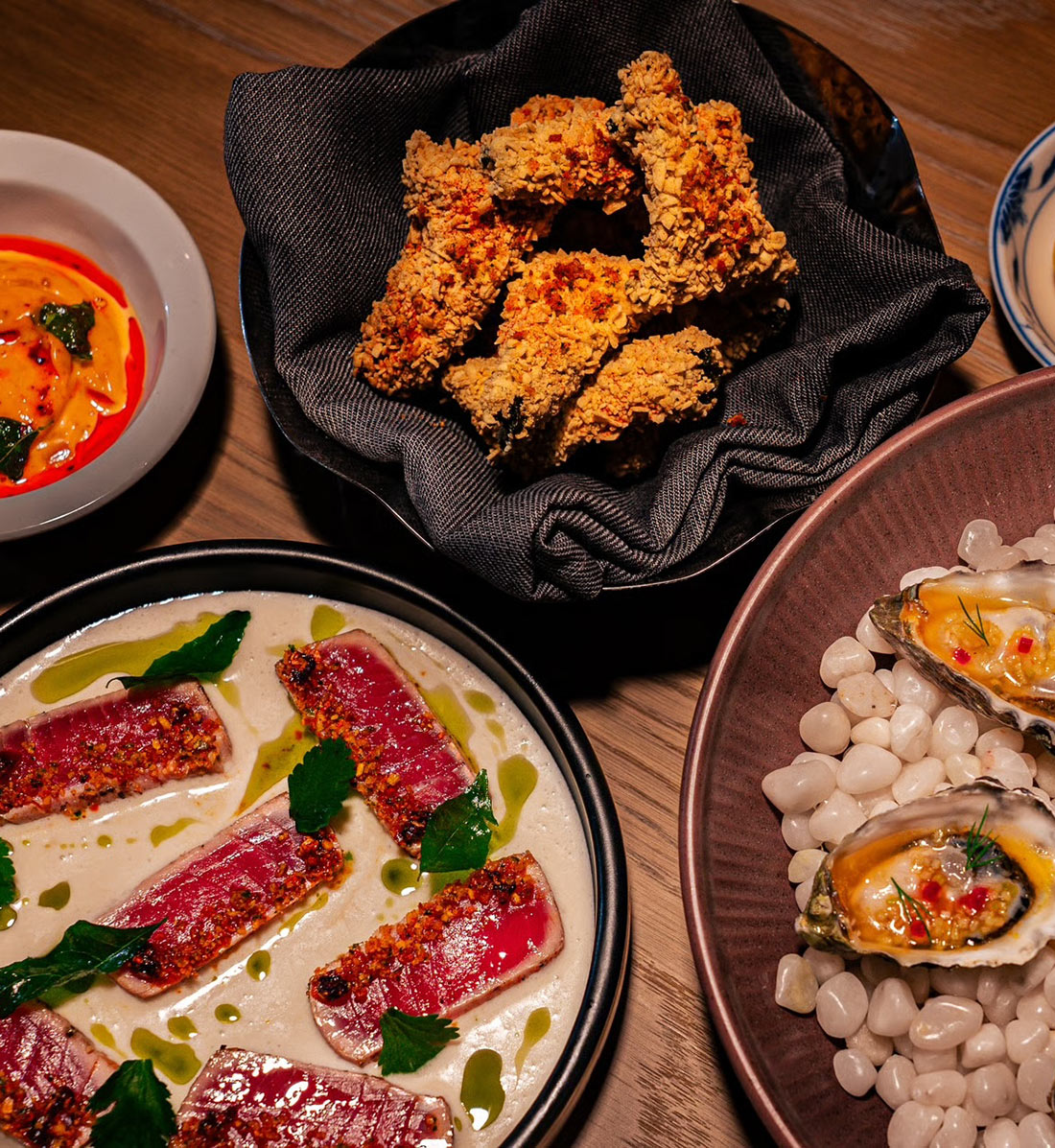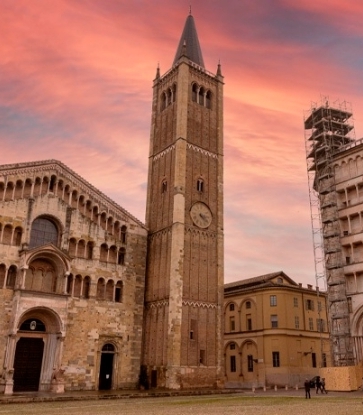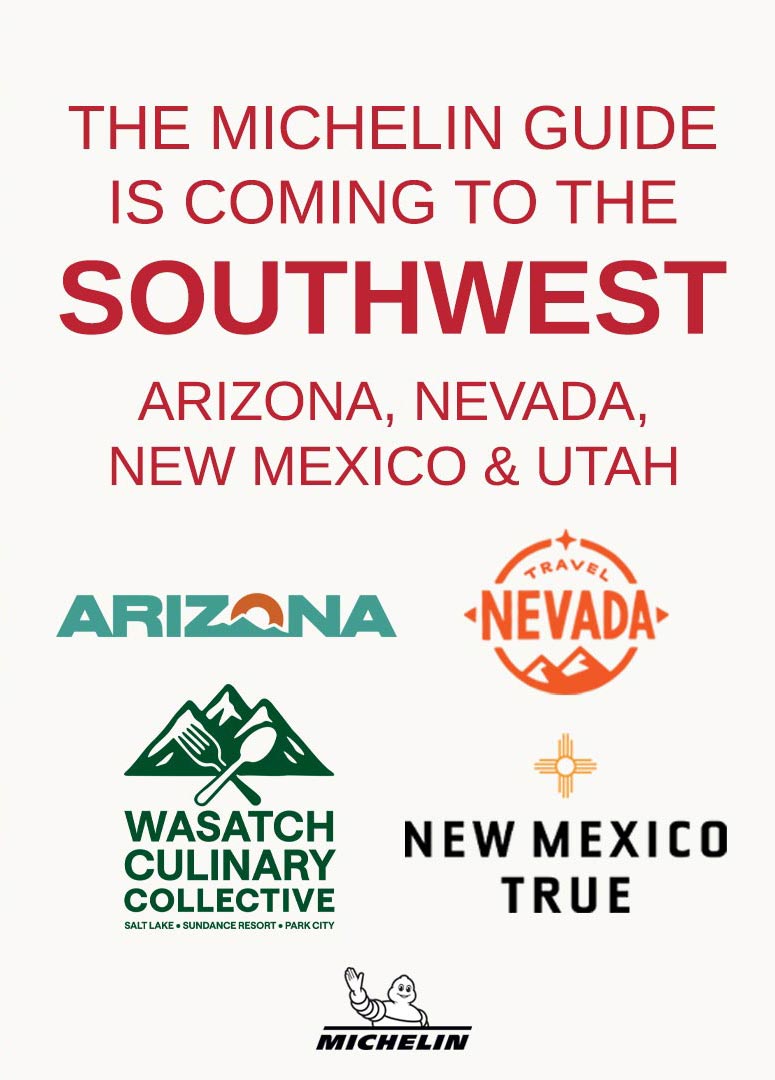At Bramble & Hare in Boulder, Chef Eric Skokan spotlights Colorado’s freshest ingredients, straight from his 425-acre Black Cat Farm. At BRUTØ in Denver, Chef Michael Diaz De Leon proudly presents a Mexican omakase tasting menu served around a hearth oven with an emphasis on zero-waste. Sustainability is at the core of both restaurants, including menus that change daily based on available local ingredients.
THE RESTAURANTS
Bramble & Hare:
Inspired by the seasons and the land, Bramble & Hare is fueled by its certified-organic farm’s flock of 500 sheep, 100 hogs, and 250 varieties of vegetables. Chef Skokan explains, “We work really hard to produce drop dead gorgeous, delicious, amazing food. Simple, direct, delicious food ends up being the goal in the kitchen.”
The menu is based entirely on what his Black Cat Farm produces. “I'm driven by creativity and discovery and learning," he says. "What am I going to do with 1,000 pounds of Hakurei turnips? This fun experimentation and the laboratory work that we do coming up with new dishes all the time—that is an invigorating challenge. Dreaming up the next new dish, that's the tonic of life for me, and it's really wonderful.”
In the future, diners can eat right at the farm, tucked under weather-resistant cabanas. “I absolutely fell in love with serving people at the farm, being able to walk around and give people a tour," he adds. "That's very much an electric experience.”

BRUTØ:
Centered around a warm hearth oven, BRUTØ offers diners an intimate experience of delicious Mexican flavors. Chef Diaz de Leon explains, “We decided to create an 18-seat chef counter. You get to see us plate everything. You get to have a conversation with anybody in the kitchen.”
Of the cuisine Diaz de Leon notes, “it's Mexican, but we try to take inspiration from different cultures. We make mole, and we make fresh masa at the restaurant. We are doing an ancient technique called nixtamal, where we are taking ashes from the wood hearth oven that are left overnight. We cook the corn in the ash, just like the Aztecs, the Mayans would do 500 years ago, and then we mill in-house to make fresh tortillas. We’re also taking Asian influences like miso, and we're making it out of corn instead of soybeans, so it's our own twist with our ingredients that we're used to.”

THE INGREDIENTS:
Bramble & Hare:
Chef Skokan starts with his golden rule. “We harvest the best of what we have today for service today, and then we base a menu on that."
However, the best of today can change based on the season. “Colorado is highly seasonal, our winters are down at -20, and our summertime highs are up to 100," he says. "The seasons end up being the inspiration. We’re in the wheat belt, the Green Belt. Lentils and chickpeas grow incredibly well here. We have really cold nights, and beets, swiss chard, and spinach become otherworldly sweet and mesmerizing in a way that you don't see in other parts of the country.”
With such a large farm, Skokan is prepared for seasonality. He grows 250 varieties of vegetables including 14 types of carrots and 20 types of tomatoes. “We have unpredictable weather, so I'll grow a range of different tomato types, carrot types, knowing that some are going to perform better this year, and some will perform better in other years," he says. "We're growing some for different seasons, some for different heat levels, some for different purposes on the plate. So, diversity, for us, is really the ultimate insurance policy.”

BRUTØ:
Chef Diaz de Leon praises local Coloradan ingredients. He says, “We have so many rich ingredients that people don't understand that we have access to. The landscape is amazing. We have one of the most thriving growing seasons that I've ever seen.”
He sources meats like bison, lamb, and pork from local farmers and ranchers. He adds, “We're currently trying to seek out some game birds. That's our next mission for the winter.” Winter brings different flavors because fresh produce from farmers is limited. He says, “We rely on grains, chilies, fermentation, sauces, root vegetables and game meats. We start fermenting heavily in September to have enough product for about five, six months.”
Other key ingredients on the menu? “Grains are huge in our program, not only through the maize, which is the corn, also the wheat berries that are being grown in Colorado. We like to source different chili [peppers] from different regions in Colorado [and] Mexico. A lot of those peppers have been used in our moles and ferments.”

FAVORITE DISHES:
At both restaurants, choosing a favorite dish isn't easy because of the menu changes. “When chefs commit to buying locally, the other part of what they're committing to is changing their menu all the time,” says Skokan.
Bramble & Hare:
One of Chef Skokan’s favorites is porchetta, slow-cooked over a wood-fired oven. “We raise these hogs. The pork is buttery and delicious. The ingredient list is so simple, it’s pork and salt. Then you have a bite of it, and magic has happened. It’s so gratifying to have simple food be so mesmerizing.”

BRUTØ:
One of Chef Diaz de Leon’s favorites is a street taco chock full of delicious ingredients. “We [mill] katsuobushi (dehydrated fish flakes) into masa. We [serve] Alamosa striped bass, harvested in Colorado, grilled over a Robata (Japanese charcoal grill).” Other ingredients include anchovy cheese marinade, house-made miso, chicory hydrated in Tepache (Mexican fermented pineapple drink), sea beans, hoja santa (Mexican medicinal herb), and smoked roe.

Read more: Inspectors' Favorite Dishes of CO
SUSTAINABILITY:
Bramble & Hare:
With ingredients coming straight from its own organic farm, sustainability is core to Bramble & Hare. Skokan explains, “[Sustainability] is the first beginning building block. Sustainability is ultimately a foundation piece: taking care of people, ultimately as a way of healing the planet instead of disassembling or destroying the planet. The measure at the end of the day is, I did everything that I could to take care of everybody who came into the restaurant and the community. That's animal welfare, that's feeding the soil, that's reducing carbon footprint, and cooking things that we find to be so crazily delicious.”
For other restaurants, he encourages, “The absolute number one thing is to start purchasing locally. The buying power that a restaurant has is an incredibly important and powerful leverage device towards making things better. A small restaurant and a one person farm is a really beautiful partnership. It's really deeply and genuinely appreciated among all the dining public. Restaurants have the ability to be agents of change, agents have good. We can do this. Slowly, together, we can make the world a better place.”
For his own farm and restaurant, Chef Skokan tries to leave no stone unturned for sustainability. He says, “One of the byproducts of compost is heat. We produce a lot of compost, we heat the greenhouse with the compost.”
Noting the difficulties of sustainability, Skokan says, “The mission has been really simple. The details have been maddeningly difficult. Non-sustainable practices are really easy. Sustainable practices often require more work, they require more creativity and more thought, and initially, that's challenging. After three weeks, after a month, after six months, it becomes so much less challenging and ultimately doable.”

BRUTØ:
For Chef Diaz de Leon, he focuses on a “zero waste ethos of trying to be better for the environment by reducing [its] carbon footprint, giving back to [its] farmers. We try not to throw anything in the trash. The ethos behind all of our stuff is: can it be composted? Can you make something with it, either a vinegar or some sort of ferment? We're making our own koji. We're making soy sauce from corn, we're making miso from corn, vinegar from all the scraps in the kitchen. We try to pickle any root vegetable, any cucumber. We're taking onion scraps, carrot scraps, and we make dashi for our stock. Carrot trimmings, we turn them into a powder, and then we dust the dishes.”
Diaz de Leon encourages other restaurants to look into fermentation, composting, and preserving scraps. He says, “I would say a compost program to start, and then preserving your scraps to make a stock for family meal, and maybe get into a couple of small ferments that can preserve your vegetables.”
Diaz de Leon feels that labor and time are the biggest challenge for sustainable practices. “I have somebody on staff, their job is to make sure at the end of the week, they just ferment and we have things for four months out. It takes time, resources, manpower.”
He adds, “Inspiring my whole staff to be sustainable has been a lot of fun. We cook food from our soul, from our heart. We care. We are trying to be as sustainable as we can. We honor tradition, we honor culture. And we're trying to inspire the next generation of chefs.”

Related: Fishing For The Future
JOURNEYS TO COOKING IN COLORADO:
Bramble & Hare:
Chef Eric Skokan's passion for food stems from fond childhood memories. “I love food, I love cooking, and I love eating. I was enthralled, even from a little age. I was the kid watching Julia [Child], Justin Wilson and Martin Yan on TV. I've been hardwired into being a chef.”
His adventurous spirit drew him to Colorado. “I was cooking in San Francisco. I came out [to Colorado] to explore, to cook, but at the same time, explore the mountains, climb, ride horses and expand my life and horizons. When I came out here, I absolutely fell in love with the place. It's gorgeous here.”
BRUTO:
Chef Diaz de Leon’s familial roots straddle the border towns of El Paso, Texas, and Ciudad Juarez, Mexico. Describing his family of cooks, he shares, “They're way better cooks than I am, even though they're not professional chefs. Food was super important to my family. Anytime there was a cousin having a Quinceñera, or things like that, food was always at the forefront.”
Seeking a bigger city that still had a sense of community, Chef Diaz de Leon chose Colorado. “I've been kind of back and forth between Denver and El Paso through the entirety of my childhood. I always wanted to go back to Denver. We chose Colorado because we really loved it there. We have community.”

COLORADO:
Bramble & Hare:
Chef Skokan praises his home state. “When you ask people why they moved here, quality of life ends up being the number one reason. If you make a community of people who really care about living a great life, that’s Colorado. The community is wonderful, creative, supportive, intellectually stimulating and really just a heck of a lot of fun.”
Of the food, he says, “It is exploding. It is taking off. The depth of talent and intensity of excellent restaurants here in the state is spectacular. I would put this restaurant community against any other community in the country. For such a small population state to have so many spectacular restaurants is a gift. It's an absolute joy and an inspiration to be able to work among all the people here. The restaurateurs genuinely care about each other here.”
BRUTO:
Chef Diaz de Leon says, “We are at the precipice of a major cultural shift. Organizations like MICHELIN are bringing more attention to the city. We've seen a boom in people moving to Colorado. There's a lot of chefs like myself from different cultures that are bringing authentic flavors to the city to really educate our guests on what a proper margarita or a proper tostada is. We're coming to the point where we have enough restaurants to showcase a lot of different amazing cultures.”

Hero image: Douglas Brown/Bramble & Hare



















